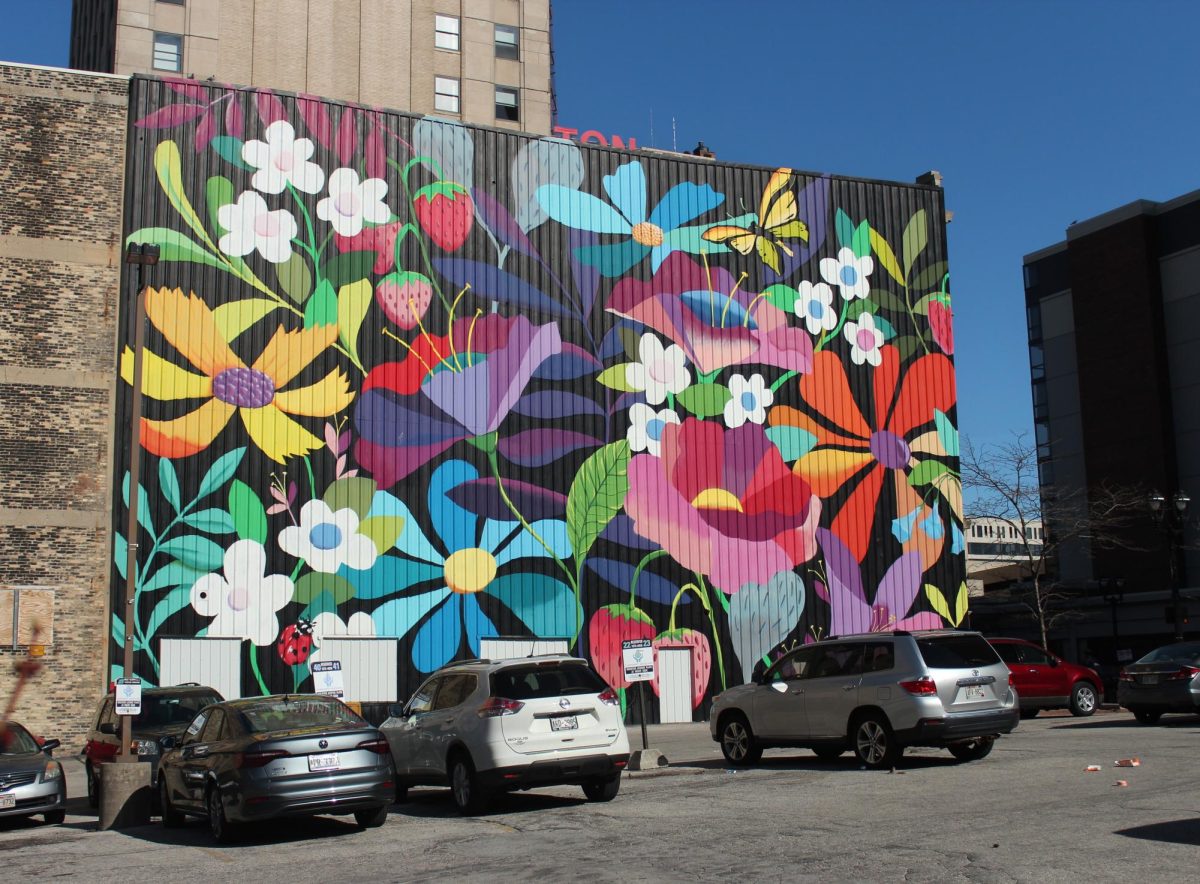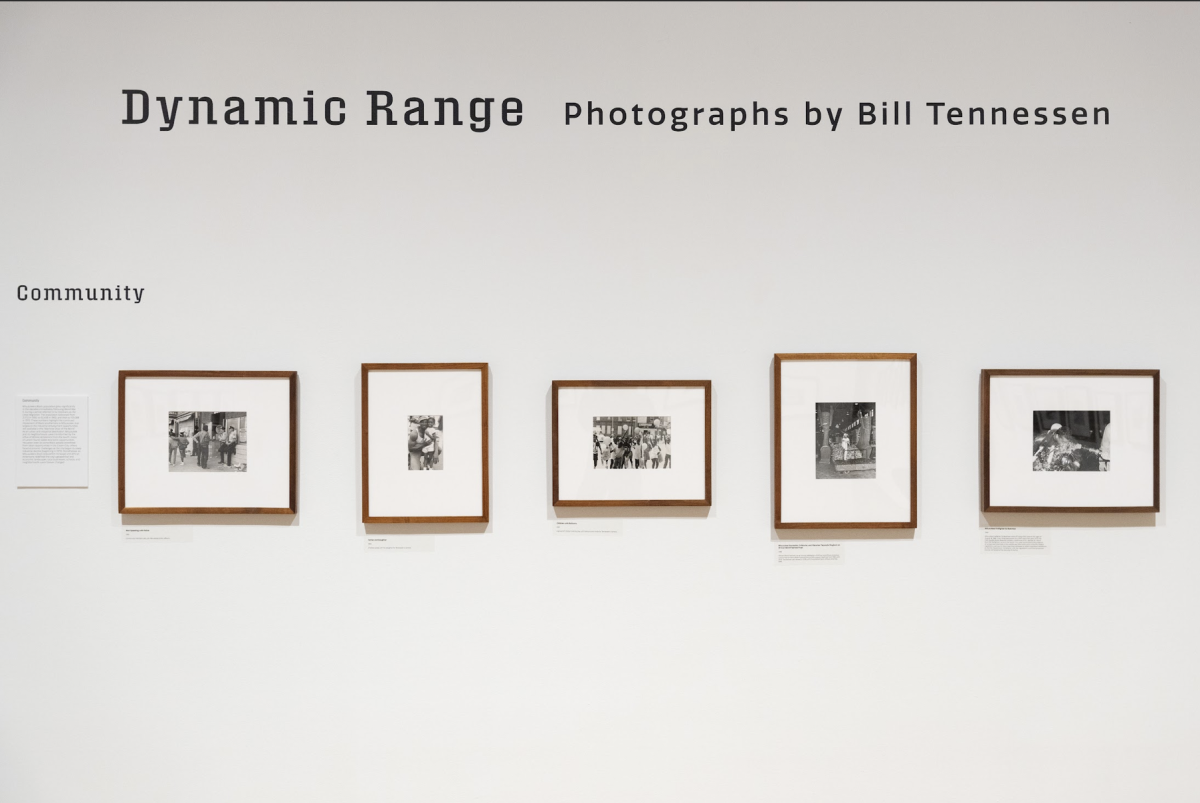 Graffiti doesn’t have the best of reputations. It’s usually unsightly, always illegal without permission and usually it’s nothing but tagged initials with little meaning for the average person.
Graffiti doesn’t have the best of reputations. It’s usually unsightly, always illegal without permission and usually it’s nothing but tagged initials with little meaning for the average person.
Yet sometimes graffiti isn’t just graffiti. Take this message, found by OnMilwaukee’s Jeff Sherman on the side of the Germania Building, 135 W. Wells St.
The anonymous message to “Love Everyone” is a far cry from what you see on most train cars and bus stops. Yes, it was created illegally, and the Germania Building’s owners may be less-than-excited about it, but it’s beautiful too, and it comes with a message that’s bigger than “mine.”
When you think about it, graffiti’s actually pretty awesome — good graffiti, that is. It was the original meme, with lines like “Clapton is God,” “Kilroy was here,” and “If pro is the opposite of con, what is the opposite of progress?” entering the national lexicon.
And it can be incredibly powerful, as can any visual medium. Part of graffiti’s punch comes from its location and application; outside the law and where you don’t expect it, the graffiti’s point itself can be just as unexpected, surprising or subversive.
 The best example of this in the modern era is Banksy, the anonymous street artist who began making graffiti in the ’90s and started to garner attention at the turn of the century when he moved to stencil graffiti. The results have been some of the coolest images ever to be deemed illegal by the majority of the world.
The best example of this in the modern era is Banksy, the anonymous street artist who began making graffiti in the ’90s and started to garner attention at the turn of the century when he moved to stencil graffiti. The results have been some of the coolest images ever to be deemed illegal by the majority of the world.
If you’ve seen snarky, well-crafted, thought-provoking graffiti on the Internet, odds are it was done by Banksy. It’d take ages to list all his best work, but I can’t let you get away without pointing out some highlights, like John Travolta and Samuel L. Jackson of “Pulp Fiction” in banana suits, his graffiti on the West Bank barrier, an image of two male police officers kissing, and his most iconic work, often titled “Rage”: an angry-looking man about to toss a bouquet of flowers.
Banksy’s also made headlines recently for his documentary “Exit Through the Gift Shop,” a look at the world of street art, which was nominated for an Academy Award for Best Documentary this year. Speculation over whether the documentary is real or faked still abounds, but regardless of the verdict, the film looks to be an insightful glimpse into the secret world of these artful graffitists.





